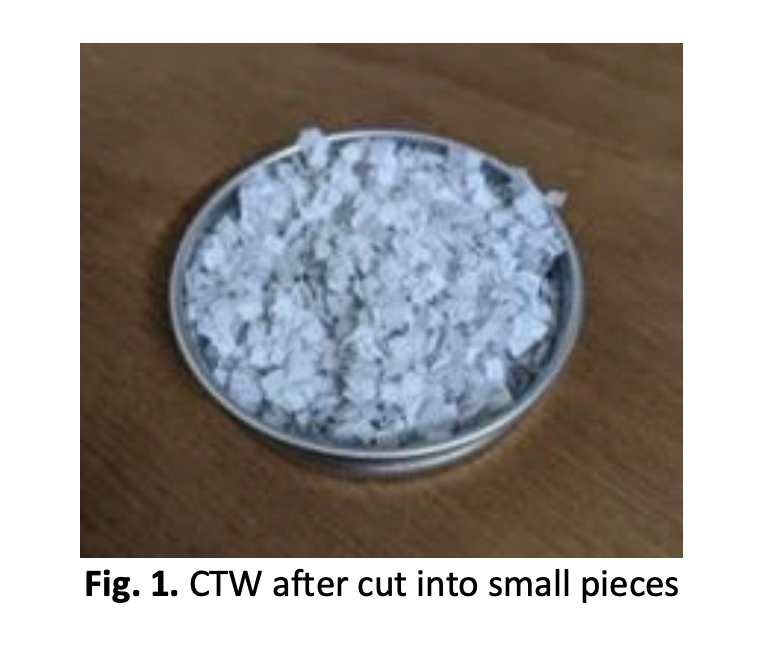Synthesis of Hydrochars via Hydrothermal Carbonization of Zinc Chloride Activated Cotton Textile Waste
DOI:
https://doi.org/10.37934/arfmts.114.2.196204Keywords:
Biomass, catalyst, cotton textile waste, hydrochars, hydrothermal carbonizationAbstract
Anthropogenic pollution from fossil fuel combustion due to increasing global populations and emerging industries poses a serious threat to the environment. Therefore, it is vital to explore alternative green energy sources. Hence, this study synthesized renewable solid fuel hydrochars by utilizing biomass of cotton textile waste (CTW) as feedstock. ZnCl2 was selected as a catalyst due to its Lewis acid properties promoting hydrolysis and dehydration of raw materials towards hydrochar formation. The ZnCl2-activated cotton textile waste (ZnCl2-CTW) was prepared via the wet impregnation method at different ZnCl2 loading. The hydrochars were synthesized via hydrothermal carbonization of ZnCl2-CTW in a Parr batch reactor at the reaction temperature of 200 °C for 3 h. The hydrochars and CTW were characterized using a thermogravimetric analyser (TGA) to evaluate the proximate analysis, whereas an elemental analysis and determination of higher heating value (HHV) were conducted employing a CHNS analyser. The proximate analysis indicates the hydrochars volatile matter increases at higher catalyst loading, possibly due to the high content of bio-oil adsorbed on the hydrochars surface. The elemental analysis shows higher carbon and lower oxygen content for hydrochars compared to CTW, mainly due to the dehydration, decarboxylation, and aromatization reactions during HTC. Meanwhile, the HHV of hydrochars increases as catalyst loading increases to 1.5 g, which obtained the highest value of 18.41 MJ/kg, indicating good quality of solid fuel. This demonstrated that the ZnCl2 catalyst was useful in improving the energy density of hydrochars. Overall, ZnCl2 catalyst loading of 1.5 g has exhibited good performance in producing hydrochars via HTC of CTW. Thus, ZnCl2-CTW has the potential to produce hydrochar suitable as solid fuel, contributing to the conversion of waste into energy and the preservation of the environmental.
Downloads

































